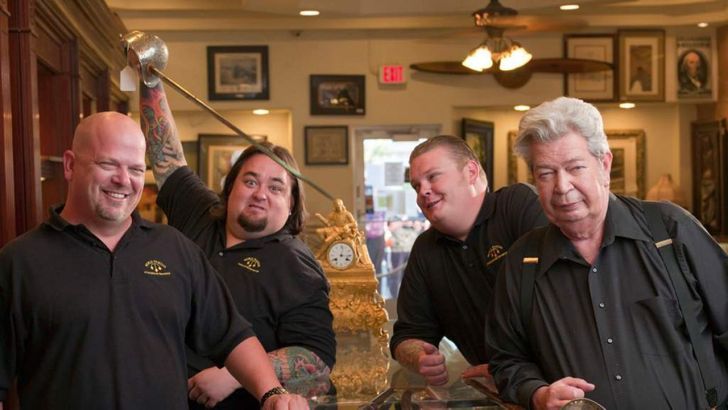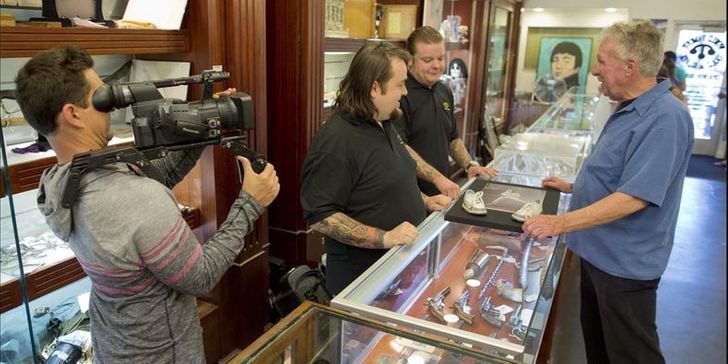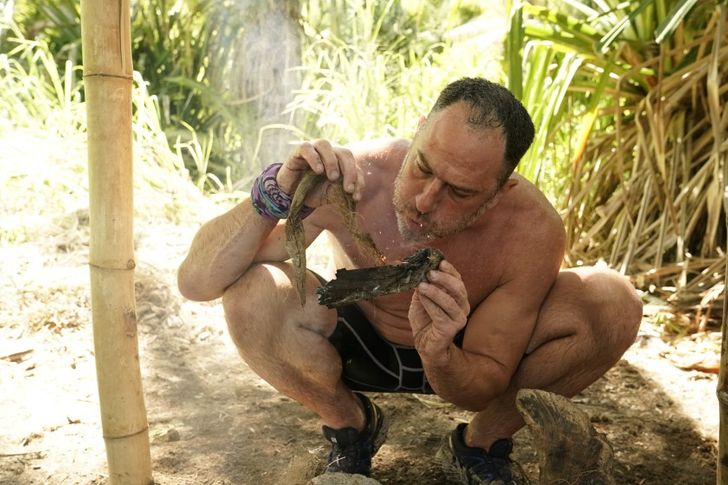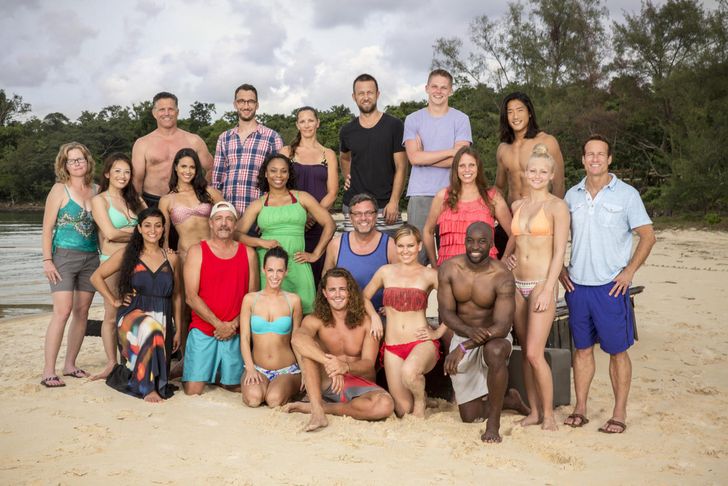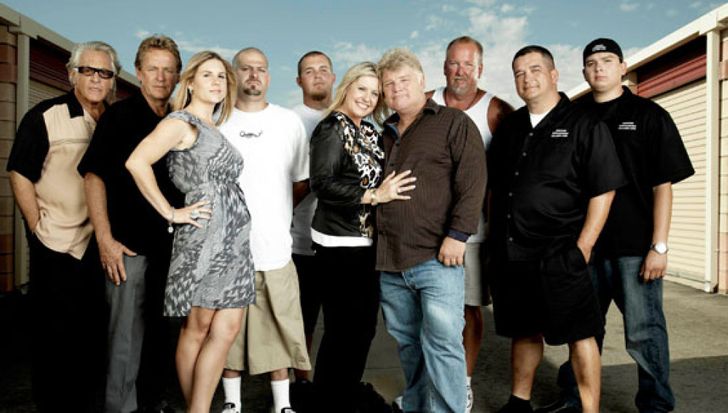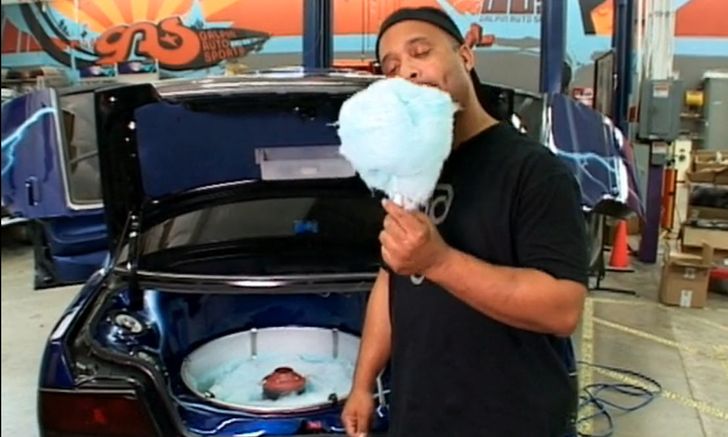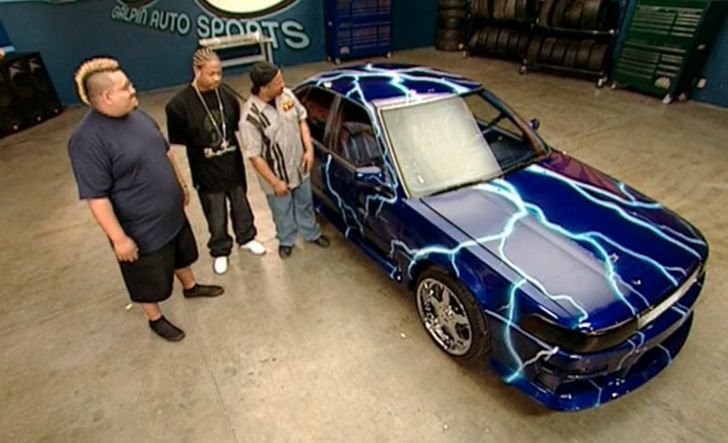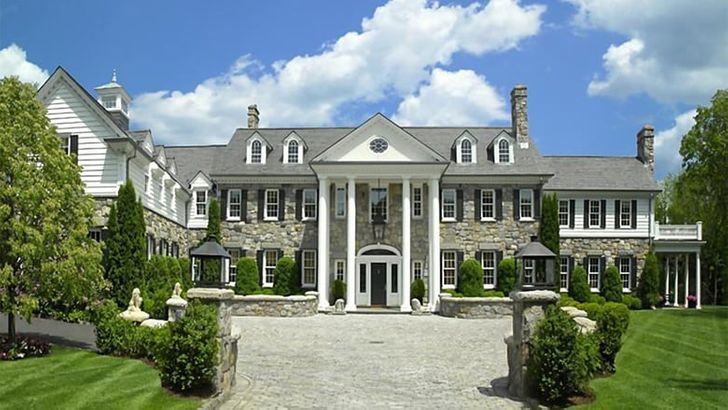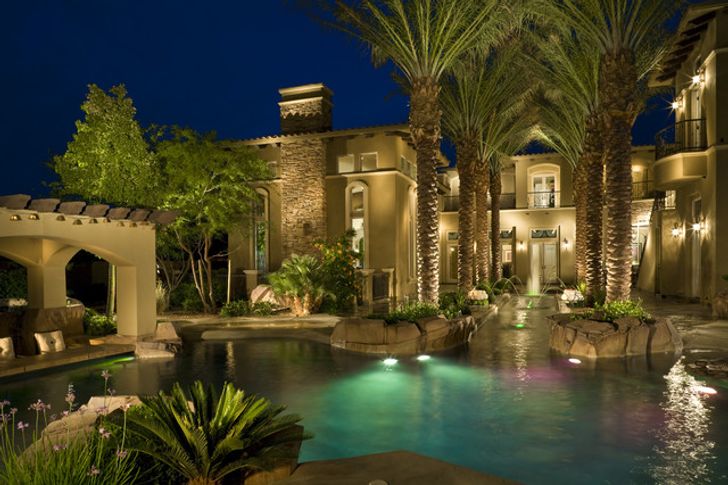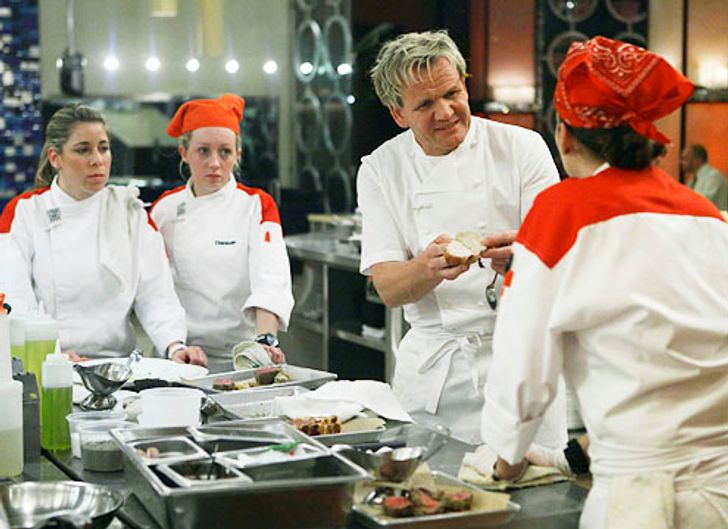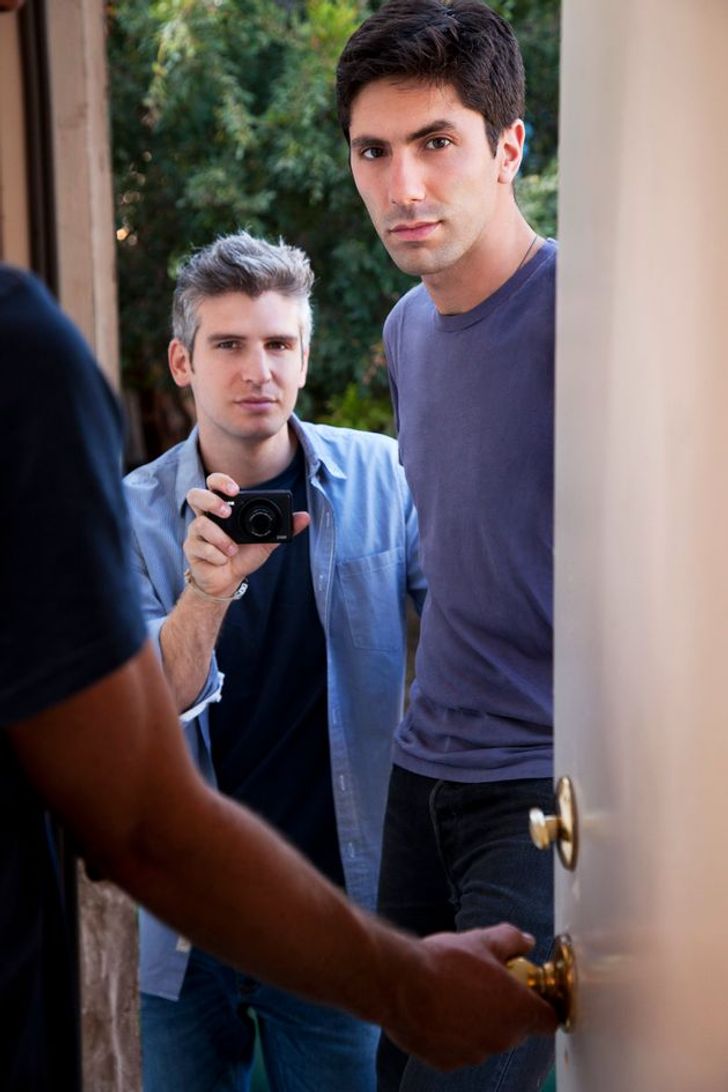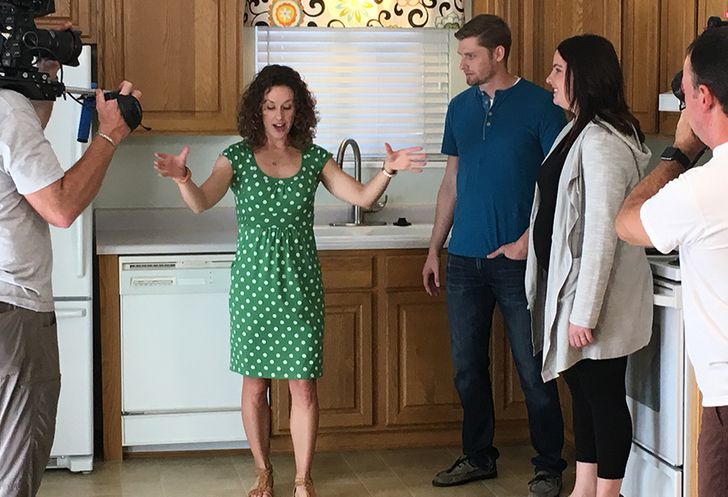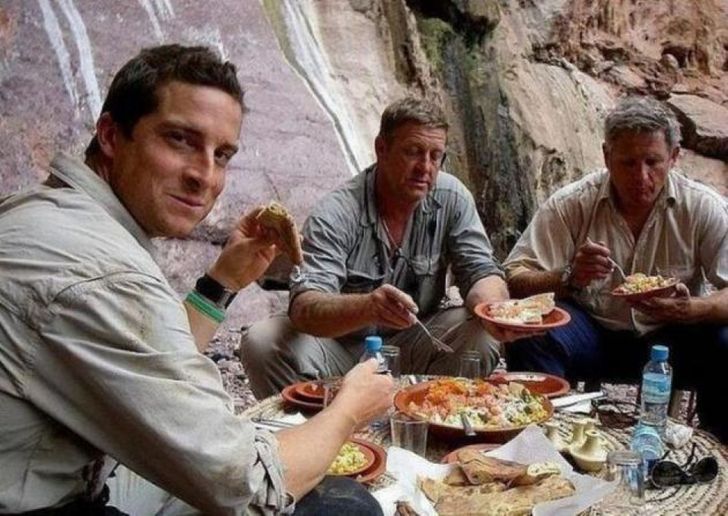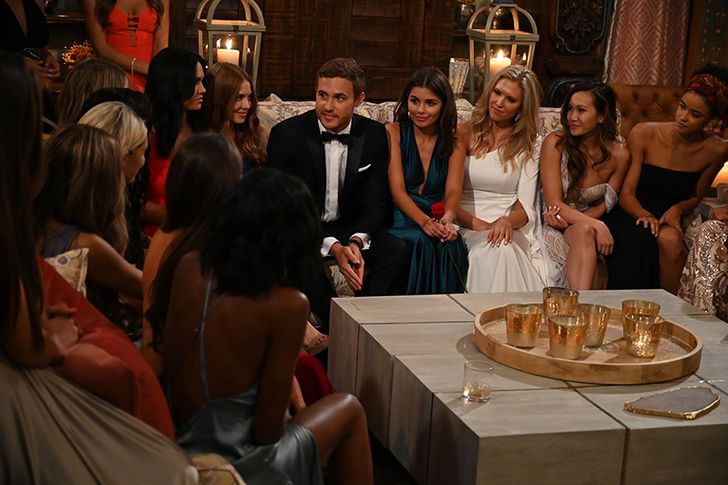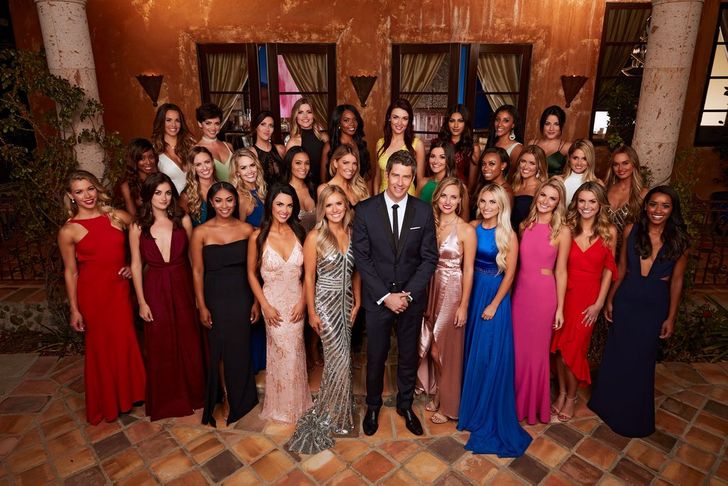I've been fooled all this time ?
10 TV Shows That Turned Out to Be More Staged Than Real
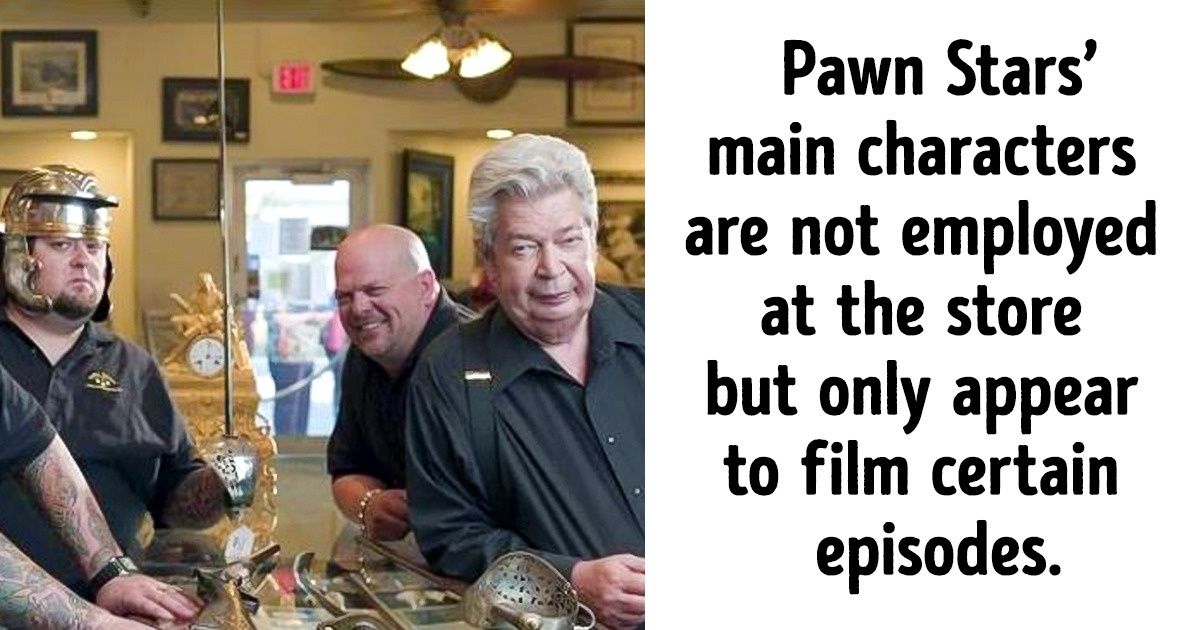
Many of you might remember The Truman Show, the famous movie that revealed the life of a character trapped in a reality show. Although he didn’t know it at first, he soon realized that his life was being broadcast 24/7 and the only person that wasn’t in on it was him. His house, his neighborhood, his family and even his own wife were all fake! Any person in his life was hired to read from a script aiming at keeping the audience of the show hooked.
This story may have been what inspired TV that came after it: a bunch of reality shows where participants seemed to live freely, regardless of the constant presence of a camera recording their every move, from surviving on a desert island to finding digital love. Today, we all suspect that there’s more to it than what we see on these shows and yet, when some of those facts come to light, they still leave us astonished as to how naive we can be.
Here at Bright Side, we attempted to debunk reality show myths and here’s what we found.
1. Pawn Stars
The Harrisons own a pawn shop in Las Vegas where collectors sell or pawn valuable objects, rare pieces, and unique models. That’s why the Harrisons often hire an expert to verify the authenticity of the object to be repaired or to be valued.
The show is aired on the History Channel and is very popular. Viewers are especially drawn to scenes where Rick Harrison, his son Corey, or the family’s friend Chumlee discuss the right price and story behind an object brought in by a client. What sparks even more attention is the disappointed looks the clients have when they find out the objects they thought were unique and valuable weren’t worth anything.
Although the shop does exist, many deals are arranged off-camera beforehand. Clients are not strangers popping by for the first time right when the camera is recording: they first sign an agreement, giving up their image and sound copyrights. Otherwise, the show would violate Nevada’s legislation already in place.
Unfortunately, these exciting bargaining scenes aren’t real since the price of every object (if it gets sold) is fixed beforehand. The protagonists don’t work every day at the store — they only pop up when recording episodes that showcase previously selected objects. Despite the shop being very similar to the one that appears on TV, some parts like the big fan or the tourist souvenir section are left off-camera.
It looks like instead of coming up with actual pawned objects, it’s a lack of authenticity that audiences get from the show.
2. Survivor
A group of participants tries to survive on an island for 39 days. The lucky winner will earn $1 million. This popular reality show broadcast by CBS allows viewers, from the comfort of their own home, to watch how a group of people will compete every day for simple rewards such as a toilet seat or dinner. All of these tests require real sacrifices and major efforts from the competitors.
While compared to other reality shows, Survivor seems to be the most genuine, as the participants’ weight loss is noticeable on-screen. Testimonies from ex-cast members have given away small details revealing that not all of the sacrifices are true. Despite the hunger and isolation being real, producers seem to influence participants’ behavior and shape stories to make them more interesting by carefully selecting people and even suggesting options they hadn’t considered before voting depending on how “profitable” each character can be.
Rumor has it that the show is staged with stunt actors and that participants actually sleep in a hotel. This has yet to be proven, but what is true is that they don’t always start campfires with rocks or magnifying glasses, but rather with lighters and matches provided by the staff. An indulgent cameraman even gave them candy once.
3. Storage Wars
A couple of Californian auctioneers, Dan and Laura Doston, go through abandoned sheds and warehouses to sell off abandoned storage spaces to buyers. Buyers have 5 minutes to bid once the auction starts and the lot is sold to the highest bidder. The show was very successful and a second season turned out to be A&E’s most-viewed show.
Later, ex-producer David Hester — who was coincidentally rehired immediately after being fired — blew the whistle on producers planting hidden treasures in the so-called “modern Aladdin caves” before they’d get auctioned off. They also gave tips to participants to help them choose the best stores and even gave them money for more competitive bids.
4. Pimp My Ride
Rapper Xzibit hosted Pimp My Ride for MTV from 2004 to 2007 which, in part, launched him to fame. Every week, the owner of a shabby car would receive an unexpected visit from West Coast Customs’ team of mechanics to restore their car according to the owner’s personality. The makeover would often include all kinds of excentric changes such as trunk subs, luxurious chairs, and even integrated cotton candy machines.
But that not all that glitters is gold. It didn’t take long before 2 ex-participants who were interviewed by The Huffington Post made public that the cars were only renovated superficially. Motors and technical failures (which sometimes were a result of the makeover) were left intact.
Rumor has it that spare parts were immediately removed after the episode aired and that a single-car repair took months instead of a couple of weeks like they claimed on the show. Participant Seth Martino said the show went far from repairing his vehicle — he claims the makeover ruined his already damaged car! The seats’ LEDs would produce so much heat, the car became impossible to drive and the only part of the exhaust pipe replaced was the outlet.
Apparently, instead of mechanics, West Coast Customs is a team of professional makeover artists who are unaware of the damage they cause to the basic car functions. Lesson learned: digging deep is the way to go!
5. MTV Cribs
Hollywood celebrities would open the doors of their mansions to show their luxurious homes throughout 13 seasons on MTV Cribs. An astonished audience would then gain access to the stars’ excentric lifestyles.
But once again, it’s wiser not to judge a book by its cover. As years passed, lawsuits and personal testimonies made public that the featured celebrities, who were on camera and sets, acted in mansions rented out by MTV specifically to trick the public into believing they were theirs. Besides the lying, the main problem was that sometimes the real owners wouldn’t even know their properties were being used as stages for the show and didn’t find out until they saw it on TV.
Interviewed by The Huffington Post, pop-singer Jojo, who appeared on the program when she was barely 13 years old, confessed that back then, she didn’t even own a house and that she had to borrow one from a rich uncle for the episode. Rapper Ja Rule rented a mansion where he threw a party that left it half-destroyed by the last day. Before MTV even made the real owner aware that a show had been recorded there, a lawsuit was already on producers’ desks.
When singer Robbie Williams couldn’t afford to buy a house in Beverly Hills for the show, he borrowed Jane Seymour’s and naturally pretended to have befriended the neighbors while butlers —who turned out to be hired actors— would go back and forth in the background. Jane Seymour accidentally gave the secret away during an interview.
6. Hell’s Kitchen
Created by Fox and hosted by Gordon Ramsey, Hell’s Kitchen made 12 to 20 participants compete against each other and in groups to prepare feasts and treats. The winner would get $250,000 and a head chef position at a restaurant picked by Ramsey.
Despite being based on the British version of the show, clear differences were drawn. Instead of being recorded live, the show was staged at a studio without any audience during chef eliminations.
Gordon Ramsey’s reputation as a great chef precedes him just as his bad temper does. Both of these are clearly seen on the show while he runs restaurants efficiently, growing angrier and angrier as participants make mistakes.
Several producers and cameramen have witnessed how, despite not being staged or scripted, stress levels are heightened. This results in dramatic scenes that could potentially hook the audience. Producers would confiscate participants’ phones to prevent them from contacting their families and friends during the 5 weeks that the show lasted. They have no TV either, so they spend their whole time there isolated from the outside world.
Participants work long hours, anywhere from 7 in the morning to 2 at night. And afterward, if they want to eat, they have to cook for themselves in a kitchen shared with 3 or 4 roommates. Even if the most dramatic scenes are chosen during editing, cameras actually record them 24/7. In the casting stage, participants-to-be are chosen based on their passion for cooking, not on if they’re able to bear being on camera.
7. Catfish: The TV Show
After creating the 2010 documentary, Catfish which explored digital long-distance relationships, Nev Shulman turned the idea into a series for MTV. “Catfish” is an online term for people who create a fake persona online to appear more attractive and find love. Nev and his partner Max Joseph look through requests sent by people who suspect they’re being catfished and hope to finally meet their digital significant other.
Production takes care of everything: from meeting the catfish victim to finding their digital partner by conducting an investigation and background check until they finally reveal the catfish’s actual identity. The show digs deep into the psychology behind both the victim and the catfish to better understand the dynamic behind these relationships, whether it be fueled by low self-esteem, insecurities or whatever else.
But it turns out that catfishers aren’t the only liars in the story. A production oversight was made public revealing that most of the time, producers are first contacted by the catfish themselves, and then the victims are tracked, meaning that the whole thing is done backward. Once the victim is found, the camera starts rolling.
8. House Hunters
House Hunters’ production team joins couples and families who are moving and looking for a new place through a local real state agency. In every episode, a new family has to choose between 3 different properties and perform a final interview once they do find something, and share any renovation plans and other insights with the audience.
But the selection process is not as real as it’s shown. According to a statement given in 2012 by HGTV to Entertainment Weekly, a guest revealed that one of the houses they visited had already been acquired by participants and the other 2 had never been considered as an option but were only chosen to simulate some real estate competition. Producers themselves confessed that to speed up the process, only families who already have had a house were contacted and their house hunt was recreated following similar plot twists. But can these stories really be authentic?
According to Mental Floss, about 100 to 200 people apply to appear on the show. After a fierce competition to try their chances at highly selective casting, the few participants who manage to get in make about $500 a week.
On the other hand, some of the houses that participants pretend to buy are not even on sale. As revealed by Hooked On Houses, homes sometimes belong to friends or relatives. It seems like this reality show is more show than reality.
9. Man vs. Wild
Survival expert and British ex-marine, Bear Grylls, stars in Discovery Channel’s Man vs. Wild. Parachuted out of a helicopter and left at the mercy of the toughest wilderness settings, his goal is to show how to resourcefully manage to survive with only a knife and a canteen. Eating worms, live fish, raw meat, and even scorpions are just the tip of the iceberg.
Despite his incredible survival skills (his expertise earned him the nickname “The Real MacGyver” among his marine peers), this British Special Forces veteran is hardly as isolated, hungry and abandoned as it may seem during the show. A whole team of producers joins him off-camera and as soon as lights are off they all move out of the wilderness to eat and sleep safely and soundly in local hotels.
Apparently, even the wild horses that Bear Grylls rides on in one of the episodes belong to a trekking station.
After graciously answering every question asked by journalists from all over the world during an interview in London, when the rumor about the show being staged came up, he answered, “I’m doing a show that teaches basic survival techniques to the public. Of course, it’s edited. It’s TV, right?”
10. The Bachelor
The season’s chosen bachelor joins a group of single women who, as modern Cinderellas, patiently wait for their Prince Charming to fall in love with them. The man is then invited to have group dates with the ladies who will later be ruled out until he finds the right match. In the meantime, the bachelor’s family will also meet his top candidates’ families and provide feedback.
Although a few people are still reluctant to admit that the show is staged, many facts give away the show’s charm.
Besides the obvious edits and the fact that many of the couples break up even before the season is over, ex-participants’ claims in archive footage are edited to tweak the narrative and are manipulated to give biased interviews that hardly go unnoticed.
Even if the audience already suspects it, an ex-participant confirmed on social media that the man’s selection is all about the ratings, like if they have conflicting or extravagant traits, they’re famous models, or they’re people having a difficult time drawing attention to themselves. Most of the footage is left out of the final cut since it doesn’t comply with the main criteria of the show’s narrative aimed at increasing ratings.
Do you know any other facts that could shine a light on reality shows? Do you know any other reality shows that are staged?
Comments
Well the guy from Man vs wild has a point!
Related Reads
12 Stories That Had More Drama Than a Season Finale

10 Mothers-in-Law Who Know How to Stir the Pot

10 Travelers Who Took “Breaking the Rules” Way Too Far

13 Family Conflicts That Sound Straight Out of a Soap Opera

12 Stories That Prove Little Acts of Kindness Never Stay Little
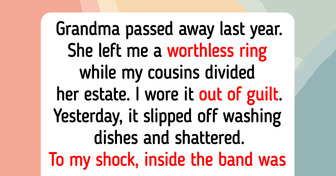
I Refuse to Be Treated Like the Family Nanny—And My Mom Chose Her Boyfriend Over Me
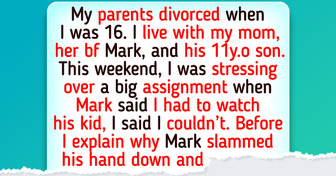
I Refused to Give Up My Extra Plane Seat to a Kid — Things Escalated Quickly
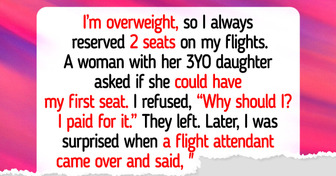
I Refuse to Split My Stepmom’s Inheritance With My Stepsiblings, I’m Not a Charity
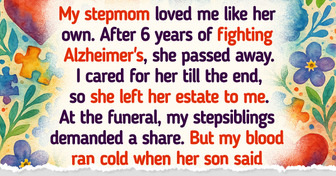
I Excluded My Wife From My Kids’ Core Memories—She’s Too Busy Working

12 Real Stories That Prove Kindness Truly Brings Light After Darkness
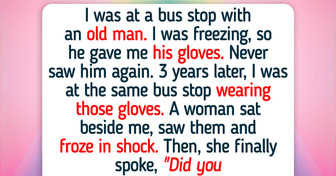
10 Grandmas Whose Kindness Became the Heart of the Family
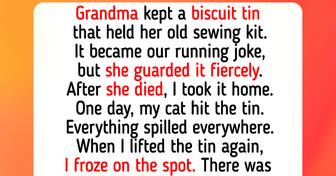
12 Unseen Sacrifices Moms Make to Put Their Kids First

